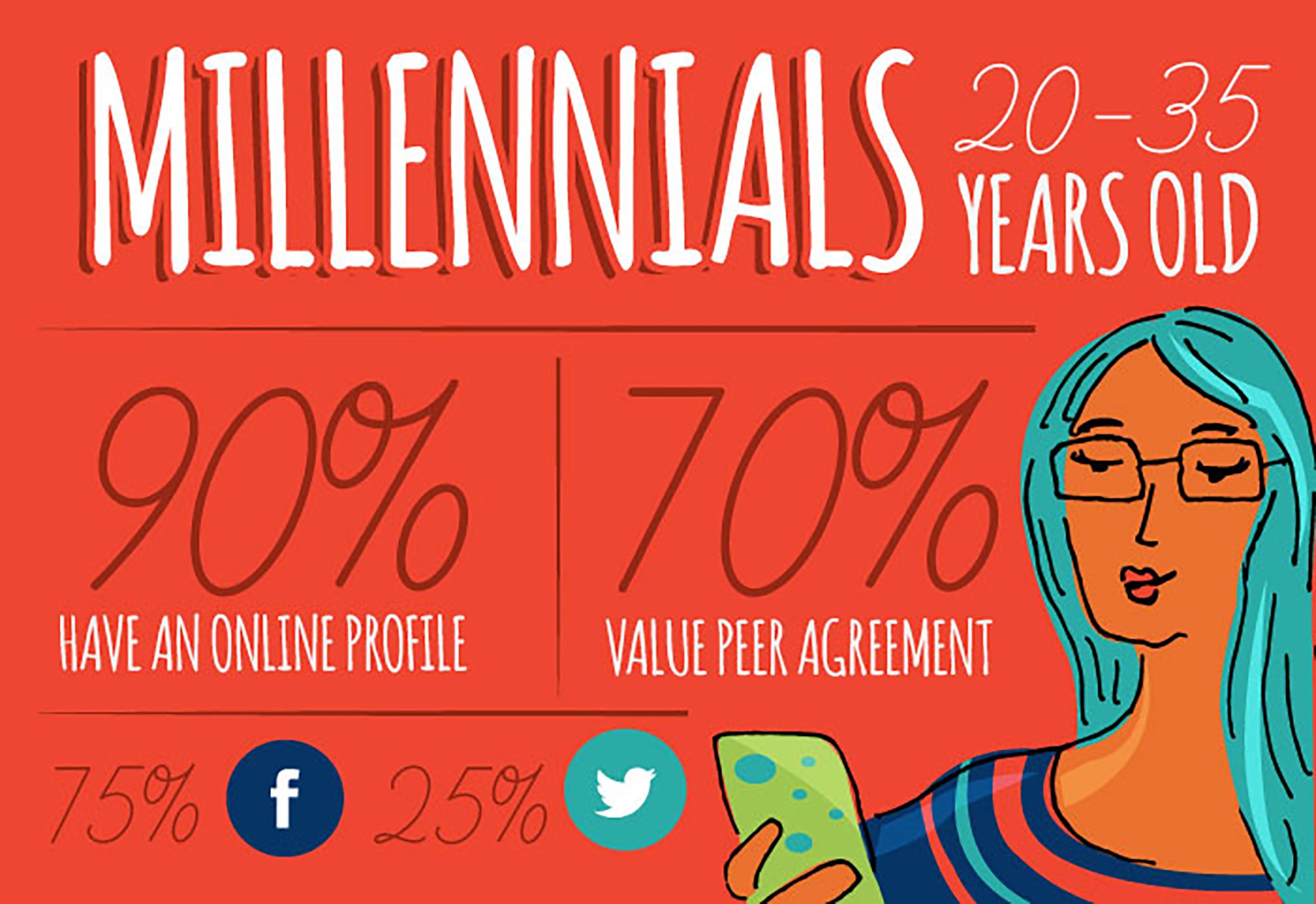No Business Can Ignore the Newest Targets

It’s being widely reported that Millennials do not like to purchase as their parents and grandparents may have. Is it because they’re thriftier than Gens X and Y or because of something altogether different? Even cursory observation reveals some subtle hints about why Millennials do not spend and those clues could help you market smarter to that group.
The Millennial market is comprised of as many as 80 million potential consumers in the United States and the make up of that group is extremely diverse and difficult to leverage with a singular message. Value doesn’t do it and neither does newness.
There are very few brands today who can afford to ignore targeting potential consumers ages 20-35. They are the influencers and they are also quickly migrating into critical roles as purchasers for consumer and B2B products and services. It’s a good time, in the life of your brand, to understand what motivates Millennials.
Like any informal market study, observational analysis must be tempered against other, more tried and true research. When we observe a small market segment we tend to cast generalizations and stereotypes onto the group, and of that marketers should be wary. Still, when we look Gen X and Gen Y that can help to inform how they are reached and what kind of messaging will be most effective in reaching them.
First, let’s try to define the generations that came before as they apply to consumers:
Baby Boomers: Their parents were raised in a frugal time and they are not adverse to impulsive buying and rewarding themselves at the drop of a hat. Saving is not as important as quality of life.
Generation X: The children of the Boomers were the first digital generation where the product and payment were both intangible for the first time. They were experimental in their purchasing habits and groundbreaking in their desires.
Generation Y: Still in their early to later thirties. This market segment brought nostalgic marketing back. They are suspicious and careful in their reception of messaging and in their spending habits.
Millennials are different: This is the first group who has not known a telephone in the home—imagine never having the pleasure of speaking with a telemarketer! They have not grown up with a daily newspaper and they can fast forward or skip through broadcast commercials at will. In short, they are hard targets to reach. Marketers have to continually attempt new ways to reach this elusive group.
The Millennial market is comprised of as many as 80 million potential consumers in the United States and the make up of that group is extremely diverse and difficult to leverage with a singular message. Value doesn’t do it and neither does newness.
We’ve established that there is a dearth of vehicles that touch Millennials and a lack of a message that will speak to the generation. So how does your small business reach the next economic juggernaut?
 More than 90% of all Millennials have an online profile and they’re all very social in their purchasing decisions. Do you know what a haul video is? That’s a Millennial invention. It is predicted that as many as 70% of Millennials value peer agreement on their decisions while they actively search out new trends, change, and the latest technology. 75% of Millennials are on Facebook and 25% are active on Twitter. The only way to successfully reach your potential consumers between 20 and 35, now and into the foreseeable future, is by building and maintaining an active social presence.
More than 90% of all Millennials have an online profile and they’re all very social in their purchasing decisions. Do you know what a haul video is? That’s a Millennial invention. It is predicted that as many as 70% of Millennials value peer agreement on their decisions while they actively search out new trends, change, and the latest technology. 75% of Millennials are on Facebook and 25% are active on Twitter. The only way to successfully reach your potential consumers between 20 and 35, now and into the foreseeable future, is by building and maintaining an active social presence.
Creating content that informs and educates, providing exceptional customer service, and facilitating a network where your consumers are part of a community are all steps that will lead to securing the Millennial base.
Your small business must engage—oftentimes one-on-one—with these targets to provide value and motivation. I am nearly fifty but have similar tendencies. When a brand reaches out to me directly, it breeds instant respect and creates loyalty for their product or service.
Small businesses can realize favorable ROI with a solid social plan and an adjustment in their marketing mission. Special treatment is extra effort but, in the end, conversion rates will be higher.
Backed by years of solid agency experience, Virtual Farm Creative, Inc., specializes in executing complete branding campaigns from a 150-year-old, high-tech renovated farmhouse in the heart of Chester County, Pennsylvania. Focused on reaping results for clients, Virtual Farm’s services include strategic marketing, advertising and branding featuring the development of Internet presences, multimedia presentations, sales and promotional materials, corporate identity, copywriting, original illustration, collateral and commercial photography. For more information call 877-GROW ART or visit Virtual Farm Creative, Inc. on the web at www.virtualfarm.com.
###

